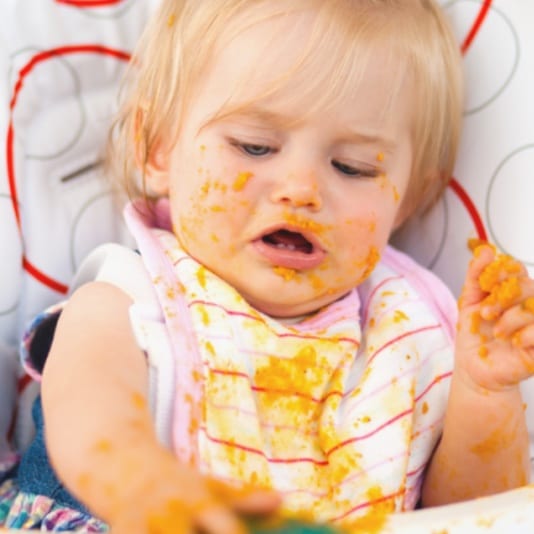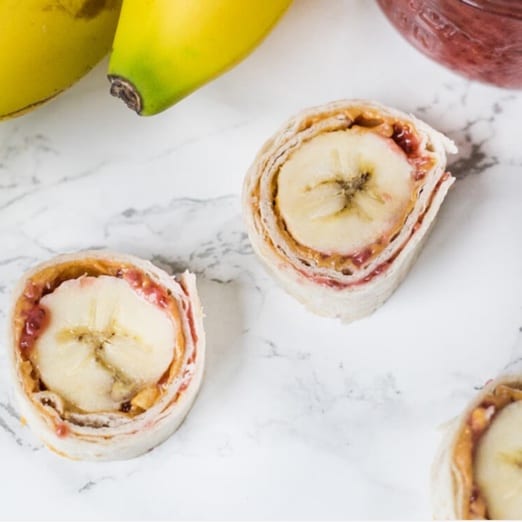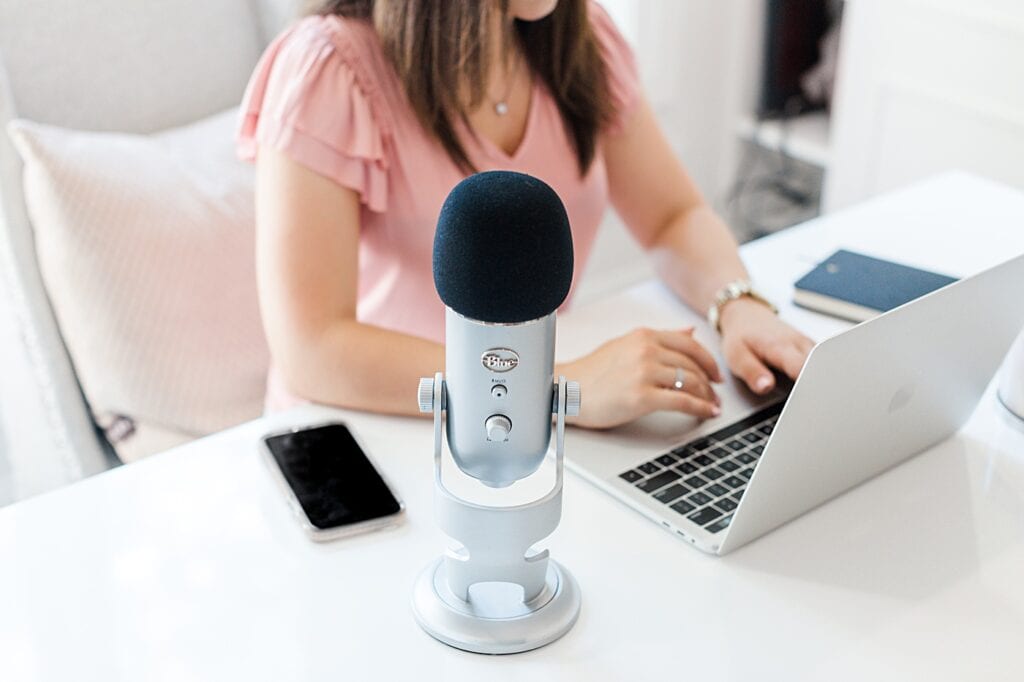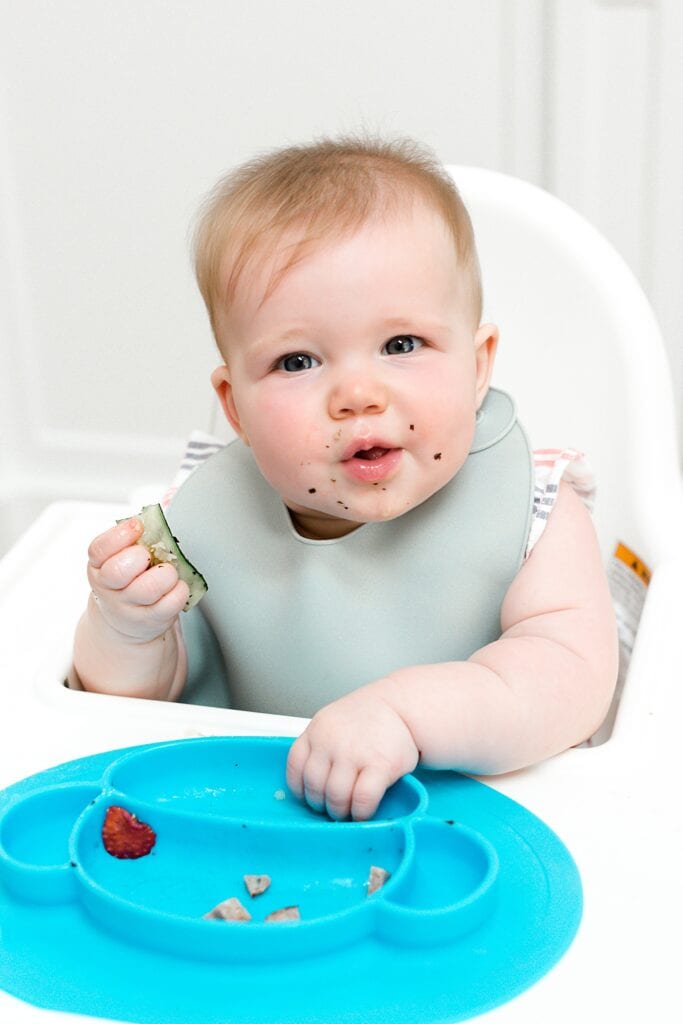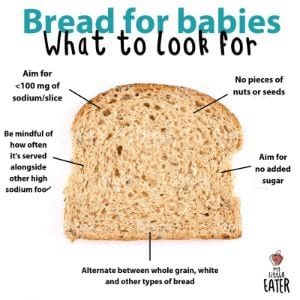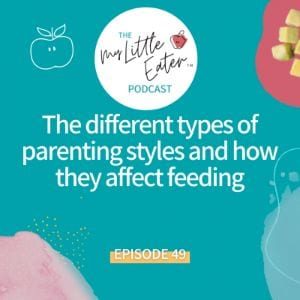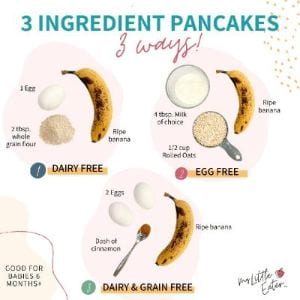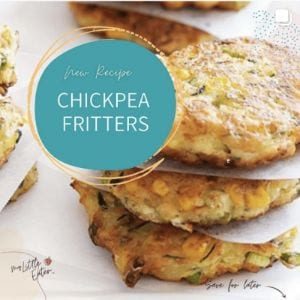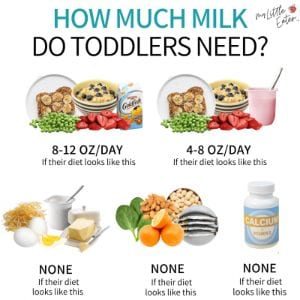![Main image for the article [Everything to know about iron and your baby]. Pictured are high iron foods including: beef, liver, chicken, broccoli, nuts, beans and oatmeal.](https://mylittleeater.fixed-staging.co.uk/wp-content/uploads/2018/06/New-Blog-Post-Image-Size-8-300x300.png)
Iron. We hear about it all the time, but is it something to add to the long list of feeding worries for moms?
Well…iron really is a big deal. It has a very important role in the body, especially in our little ones who are growing and developing so rapidly. And why we worry so much is because the iron needs for a baby are pretty high! So, being really deliberate about making sure your baby gets enough is something I talk about quite often as a paediatric dietitian, especially considering it’s the number one nutrient deficiency in infants worldwide. Understanding the best ways to do this is what I’m here to help you with today!
I teach about the importance of high iron foods and give amazingly easy iron rich recipes and food combo’s in my online course, Baby Led Feeding – a baby led approach to introducing solids. Want to learn more? Check it out here.
So what exactly is the role of iron?
Iron is important for many factors of the body’s functioning. Iron is part of hemoglobin found in red blood cells, which helps carry oxygen from the lungs to the rest of the body. Babies and children absolutely need iron for their brains to develop normally. When a baby doesn’t get enough iron, their red blood cells become fewer and weaker, and can’t carry oxygen to organs and tissues, including the brain.
When pregnant, a mother’s body actually makes more blood (up to 50% more to be exact), as they are now sharing it with her developing baby. Since iron is a large component of hemoglobin, mom’s iron needs increase as their blood is now also going to the baby. By the time your little one is born, their iron stores are topped up pretty well and you usually don’t need to worry about giving them additional iron outside of breastmilk/formula until around 6 months of age when their stores start to deplete.
Can my baby be at risk for iron deficiency?
Iron deficiency is estimated to be the most common deficiency worldwide. It can lead to anemia, impaired growth and development and impaired cognitive functioning. It can happen for a number of reasons including your little one not eating enough high sources of iron beginning just after 6 months of age. However, preterm & low birth weight babies are also at risk for deficiency because they are not in mom long enough to fill up their iron stores, so when they are born they do not have as high of a iron count than their full term counterparts.
Symptoms of iron deficiency in your little one are usually easily identified and can be reversed by proper diet and in some cases, a supplement. Make sure to be aware of the warning signs, such as pale skin, lethargy, weakness, fatigue, irritability, and slowed growth and development.
How much iron does my baby need?
Iron requirements for babies differ depending on their age. Let’s break this down.
Babies 0-6 months: 0.27 mg/day
It is recommended that moms provide nutrition to their baby through exclusive breastfeeding until six months of age. Now, here is where things can get confusing: breast milk actually contains very little iron (only about 0.5 mg/litre). No need to worry moms – remember that if your little one was born healthy and full term, she/he likely has sufficient stores of iron until they reach 6 months of age. At this point, only a little supplemental iron is all a baby needs to be happy and healthy. Besides, the iron in breastmilk is very easily absorbed in babies (about 50-60% of the iron is absorbed). Most formula these days are highly fortified with iron (note: there are still some that aren’t so if your baby is on formula please make sure it is fortified with iron!). Formula is pretty heavily fortified (about 10-12 mg/L), because it’s rate of absorption (about 7-12%) is less than breastmilk.
Babies 7-12 months: 11 mg/day
After 6 months of age, complementary foods that are high in iron should be introduced and offered two times a day to boost those iron stores.
Now, here’s where we are going to get a bit more technical (yay!).
There are two types of iron, heme sources and non-heme sources. Heme sources of iron are found in animal products such as meat, fish, and poultry. Heme sources of iron are easily absorbed in humans (about 20% of the iron is absorbed).
The other type of iron is non-heme iron source. Non-heme sources of iron can come from plant sources such as soy, lentils and beans. Eggs also fit in this category. Although there are many sources of iron available to us, remember that not all iron is created equal. Non-heme sources of iron are not as readily absorbed as heme sources (only about 10% of the iron is absorbed)
*Note: the requirements of 11mg/day are based on the assumption that your baby is not eating meat, therefore, only getting sources of non-heme iron. That means, it is slightly inflated, so that in the case most of the iron is coming from non-heme sources, baby will have enough absorbed iron to meet their needs.
What foods are high in iron?
Alright, let’s get to the good stuff.
I’ve compiled a list of some really great high iron foods and divided them up under “heme” and “non-heme” categories:
Heme Iron Foods:
– Liver (chicken, turkey, lamb), cooked* = 6.2-9.7 mg
– Ground beef (2 ½ oz.) = 1.3-2.1 mg
– Chicken (2 ½ oz.) – 0.4-2 mg (red meat has higher levels than white meat)
– Sardines, canned (2 ½ oz.) = 1.7-2.2 mg
– Tuna, light, canned in water (2 ½ oz.) = 1.2 mg
Non-Heme Iron Foods:
– Eggs (2 eggs) – 1.2 – 1.8 mg
– Tofu (¾ cup) = 3.4-8 mg
– Lentils (¾ cup) = 4.1-4.9 mg
– Beans (white, kidney, navy, pinto, black, etc.) (¾ cup) = 2.6-4.9 mg
– Hummus (¼ cup) = 1.5 mg
– Oatmeal, instant, cooked (¾ cup) = 4.5-6.6 mg
– Fortified breakfast cereals (¾ cup) = 10.5 mg
– Spinach, cooked (½ cup) = 2.0 -3.4 mg
How can I boost my baby’s iron intake?
1. Aim to serve high-iron containing foods twice per day
Now, without having to be a overly meticulous about this, we want to be mindful about the types of food we are regularly offering our babies. While sweet potato, avocado and fruit are highly nutritious and easy foods to start our babies off on, we want to switch our focus to high iron containing foods a couple times per day.
Keep in mind that babies don’t always eat all (or sometimes, any!) of the food we offer them. That’s why it’s important to make sure we secure high iron containing foods a couple times per day to give enough opportunity for your child to get enough iron in over a couple meals/snacks. Aim to make at least one of those offerings a heme-iron containing food.
2. Combine high iron foods with Vitamin C
Did you know that Vitamin C enhances the absorption of iron in foods? So especially with those non-heme, or plant sources of iron, try and see how you can add a source of Vitamin C to boost the absorption.
Examples of good sources of vitamin C include citrus fruits like oranges, lemon, strawberries and melons. You also get lots of vitamin C in broccoli, peppers, tomatoes and leafy greens! The cool thing is that a lot of our food combinations already have iron + vitamin c built right in. Think of chili (beans + tomato sauce) or hummus (chickpeas + lemon juice).
Here are some other great combinations:
- Hard boiled egg + orange wedge
- Fortified Pasta with peppers & tomato sauce
- Pork with mango salsa
- Oatmeal with berries
3. Combine non-heme sources with heme sources
Have you ever heard of the “meat factor”? Research shows that combining meat with a non-heme source of iron actually increases the rate of iron absorption in that meal. So if your baby is eating a non-heme iron-rich meal and you want to boost the iron that will be absorbed, add some meat to it!
4. Be mindful of mixing dairy with high iron foods
Calcium has been shown to decrease the absorption of iron when consumed in the same meal as iron containing foods. Research shows that the effects are short term. So, I don’t want you to worry too much about the little bit of milk in your daughter’s spinach and berry smoothie, or about the little bit of cheese sprinkled on your son’s chili. However, keep in mind that a meal or snack mostly made up of calcium containing foods (like cottage cheese or yogurt) might be better off saved for a couple hours before or a couple hours after your intentional “high iron” containing meal. And of course, don’t give your baby dairy milk as a beverage before age 1. Stick with breastmilk or iron-fortified formula as their main milk source.
5. Use a cast iron skillet or “Lucky Iron Fish”
Using a cast iron skillet in your cooking can be a great way to get some extra iron into your baby’s food. By cooking in a cast iron skillet (especially when heating acidic sauces and other liquid meals), the iron from the skillet can actually transfer to your food – giving them just the boost they need!
Have enough pots and pans in your house? Give the Lucky Iron Fish some thought!
This cool tiny fish is a cooking tool operates along the same lines as using a cast iron skillet. You throw this little guy into a pot of slightly acidic water or broth and boil it for 10 minutes for the iron to leach out into your broth. It is yet another way that you can boost iron to your food and your cooking.
Bottom Line
Iron is important for your baby! It helps the body function properly and efficiently and allows your little one to grow and develop healthfully. Stay tuned for another blog post discussing high iron foods your baby will love, along with simple recipes.
Remember, I’m here to help. Take our online course, Baby Led Feeding – a baby led approach to introducing solids to get all of the information and guidance you need to make sure your little one is happy and thriving when starting solids!
Until next time!


